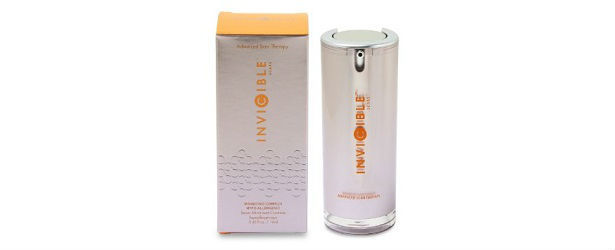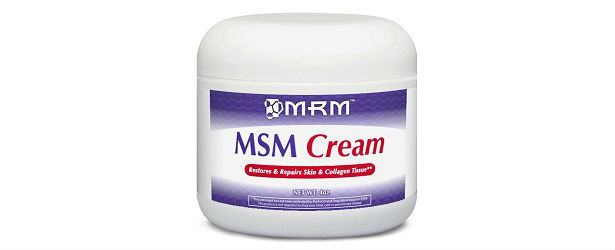
Restorative Treatment for Scars
Your skin covers the entire outside of your body, and a lot of it is visible to others. When you have skin damage or an injury to the skin, it is almost always evident to others. Scars can be very hard to conceal or cover and can also damage your self-esteem. Skin damage is caused by many things, including surgery, piercings, burns, and cuts. Injuries result in unsightly scars that people often want to fade or make go away. Luckily, there are treatments that can help.
First, know what type of scar you have and how it got there. Also, your race, genetics, and age play a large part in how your body forms scars. Let’s take a look at the different types of scars.
Types of Scars
 Acne Scars – Acne scars are formed from the inflammation and excess collagen the skin produces to heal acne. These scars can appear very deep and pitted. They can also show up in angled waves. Acne scars can be treated with microdermabrasion to remove old skin cells and the use of a good quality moisturizer to regenerate the skin.
Acne Scars – Acne scars are formed from the inflammation and excess collagen the skin produces to heal acne. These scars can appear very deep and pitted. They can also show up in angled waves. Acne scars can be treated with microdermabrasion to remove old skin cells and the use of a good quality moisturizer to regenerate the skin.
Hypertrophic Scars – These scars form when skin damage goes deep into the skin.
The skin begins to produce extremely large amounts of collagen to form large, thick red scars. They remain only at the site of injury but can thicken over time. These scars are most common in dark-skinned people. They tend to affect self-image, and people go to great lengths to hide them. Dermatologists can inject these scars with steroids or perform laser surgery on them to reduce their appearance.
Contracture Scars – These are very deep scars brought on by burns to the skin. They often can extend into the tissue and affect the muscles. They tend to get very inflamed and are painful. Steroid shots can help reduce the pain and inflammation.
 Keloid Scars – Keloid scars can grow beyond the boundary of a wound and cause pain and discomfort. They feel like rubber and are pink in color. They tend to occur more often in darker skinned people. They can be caused by body piercings, cuts, and acne. Prevention of injury is important in people prone to keloid scarring. If an injury occurs, begin treatment right away and keep the wound covered during healing. Then apply moisturizer often to prevent excess collagen from forming.
Keloid Scars – Keloid scars can grow beyond the boundary of a wound and cause pain and discomfort. They feel like rubber and are pink in color. They tend to occur more often in darker skinned people. They can be caused by body piercings, cuts, and acne. Prevention of injury is important in people prone to keloid scarring. If an injury occurs, begin treatment right away and keep the wound covered during healing. Then apply moisturizer often to prevent excess collagen from forming.
Other Treatments
Treatment in a doctor’s office is considered cosmetic and may not be covered by insurance. Hypertrophic and keloid scarring may be covered only because they cause pain. The doctor may be able to use steroids to relieve discomfort and reduce inflammation.
If a scar is small and not painful, it can usually be treated with special creams or gels designed to treat scars. The best types are silicone based that both cover and provide moisture to the area of the scar.
Scars that are very large and deep may possibly be reduced with silicone gel treatments, but it will take time. Removing deeper scars requires a commitment to treatment and the understanding that the only other option may be laser treatments or microdermabrasion. With time, scars fade, and become less apparent.
TOP 5
SCARTreatments |
|||||
| Scarinex | Talsyn-CI | Kelo-cote | Revitol | H-Scars | |
|---|---|---|---|---|---|
| 1 | 2 | 3 | 4 | 5 | |
| Price (1 bottle) Price (4 bottles) Best Value |
$49.95 $139.70 |
$39.95 $239.70 |
$99.99 $599.94 |
$39.95 $239.70 |
$69.95 $419.70 |
| Overall Rating | 99.40% | 82.20% | 74.90% | 70.30% | 67.60% |
| Performance* |





|





|





|





|





|
| Speed of Results* | Extremely Fast | Good | Average | Slow | Slow |
| Quality of Ingredients | Premium | Good | Average | Average | Unknown |
| Customer Satisfaction Evaluation | 99% | 80% | 70.60% | 68% | 65% |
| Safety Evaluation | Safe for Use | Safe for Use | Safe for Use | Safe for Use | Safe for Use |
| Customer Service Rating |





|





|





|





|





|
| Reorder Rate | Highest | Good | Average | Average | Average |
| Return Policy | Risk Free | Risk Free | No Guarantee | Unopened Only | Risk Free |
| Success Rate | 99.20% | 81% | 72% | 69.30% | 66.10% |

 Subscribe Now
Subscribe Now











